- Nature's Classroom
- Meet Our Animals
All About Us
Page Navigation
Meet Our Animals
-
Want to learn more about the animals housed at Nature's Classroom? You can learn more about the animals below by clicking on the photo of each animal.
-
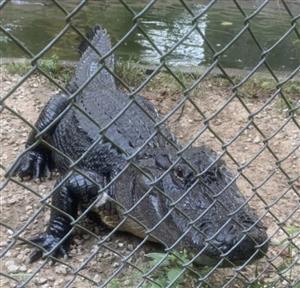
American Alligator
Meet our American Alligator
Our alligator was considered a nuisance alligator. Nuisance means that they can be a threat to humans.
Did you know?
- The temperature of the egg incubation determines if the alligator will be a male or female.
- Osteoderms are bony structures on their backs that aid in temperature regulation.
- Create small ponds called “Gator Holes” with their strong bodies. These holes create critical water sources for many animals.
-
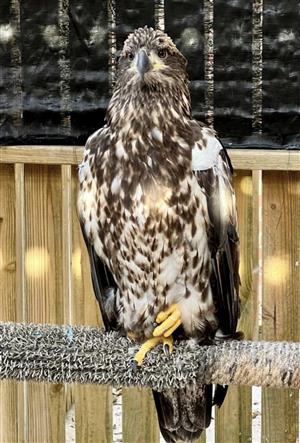
Bald Eagle
Meet Our Bald Eagle
Our Bald Eagle's name is Sunny. She is only two years old. She came to us because she had become habituated.
Did you know?
- An eagle's wingspan can be up to eight feet long.
- The females will be bigger and heavier than males.
- The eagle has been the USA's national emblem since 1782.
-
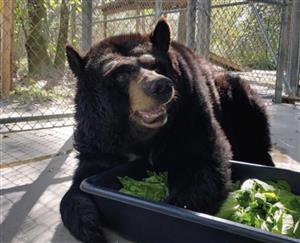
Black Bear
Meet Our Black Bear
Our Black Bear came to us from Orlando. Unfortunately, we do not know a lot about her history.
Did you Know?
- Black Bears are omnivores (they eat meat and plants.)
- Their nose is 100 times more powerful than humans!
- Can climb trees with their long-curved claws.
-
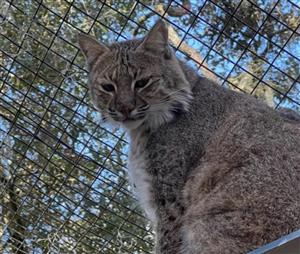
Bobcat
Meet our Bobcat
Our bobcat was rescued as a cub when she got stuck in a wire fence.
Did you Know?
- Bobcats have “false eyes” located on the back of their ears.
- Their tails have a short “bobbed” appearance, hence their name, Bobcats.
- We love to give our bobcat snakeskin as a form of enrichment (anything that allows animals to do their natural behaviors.)
-
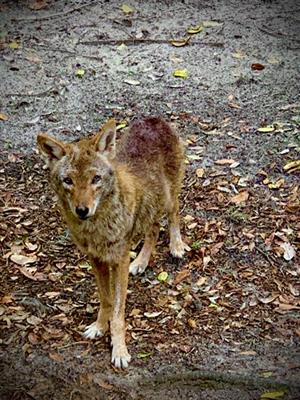
Coyote
Meet our Coyote
Our coyote came to us from another wildlife facility.
Did you know?
- They can hunt solo or in groups.
- Can run up to 40 miles per hour.
- Can live in many different habitats (rural areas, deserts, and even your own neighborhood.)
-
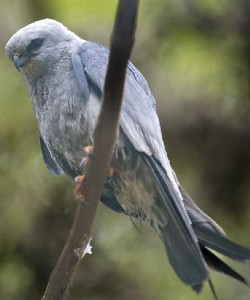
Mississippi Kite
Meet our Mississippi Kite
This Kite has become habituated to humans.
Did you know?
-Mississippi Kites are graceful fliers that like to swoop, glide, and circle looking for prey.
-They will migrate in flocks to South America in the winter.
-Likes to dine on a variety of insects.
-
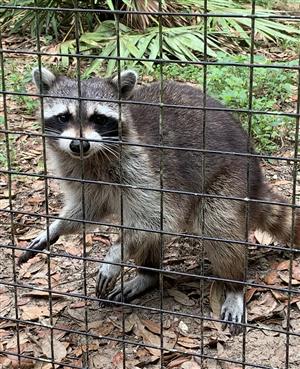
Raccoons
Meet our Raccoons
Our raccoons came to us because they were separated from their mother at a young age and unfortunately wouldn’t have been able to survive without human intervention.
Did you know?
-They have five fingers, but no opposable thumbs.
-They can rotate their ankles 180 degrees so that they can climb down trees headfirst.
- They are omnivores (eats both plants and meat.)
-
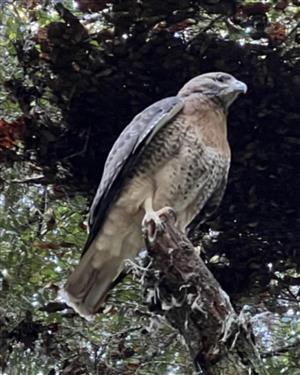
Red-Tailed Hawk
Meet our Red-Tailed Hawk
This hawk was rescued after it had an eye injury. She only has one working eye.
Did you know?
- Hawks are carnivores eating small mammals like rats and squirrels.
- Hawks can dive up to 120 miles per hour.
- Red-tailed Hawks are the largest hawks.
-
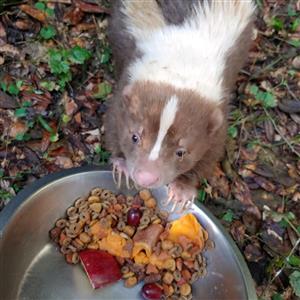
Skunk
Meet our Skunk
We are home to one chocolate skunk, named Hershey.
Did you Know?
- Their smelly spray, called musk can go as far as fifteen feet away!
- Skunks are nocturnal.
- Skunks typically spend their day time hours sleeping in their dens that they have built underground.
-
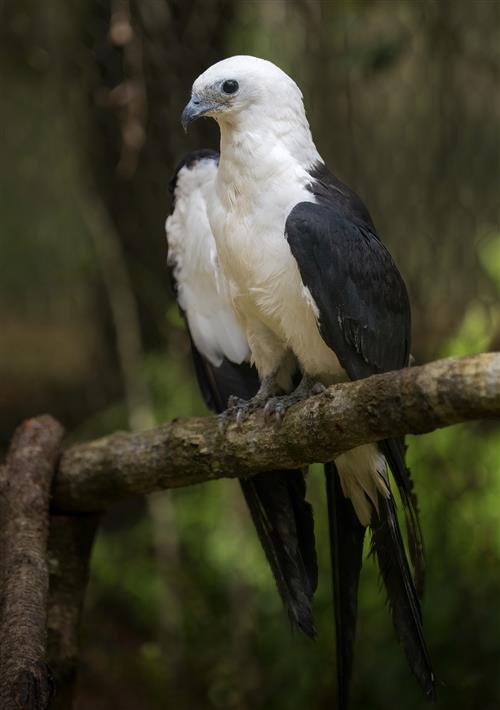
Swallow-tailed Kite
Meet our Swallow-tailed Kite
This Kite can no longer fly due to a life-sustaining injury.
Did you know?
- These Kites migrate to Florida during their breeding season.
- They have a deeply forked tail, allowing them to be graceful fliers.
- They eat their prey while flying, rarely perching during the day.
-
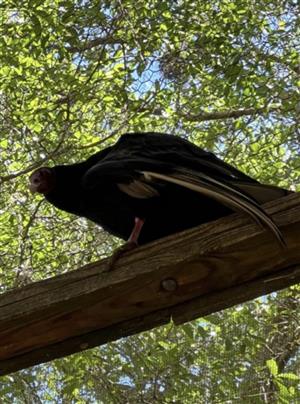
Turkey Vulture
Meet our Turkey Vulture
Our Turkey Vulture was rescued after a wing injury.
Did you know?
-Vultures are scavengers. They eat deceased animal carcasses.
-They have an excellent sense of smell, so they can smell rotting meat.
-They have short, hooked beaks to rip apart meat.
-
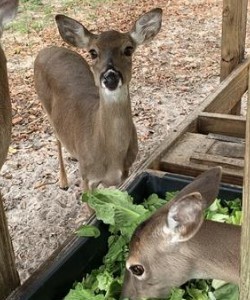
White Tailed Deer
Meet our White Tailed Deer
Nature’s Classroom has three female deer. These three deer have always been kept in managed care and therefore have become reliant on humans to survive.
Did you know?
-Only the males grow antlers.
-They can run up to 30 miles per hour.
-They can use their white tails to communicate with others.

